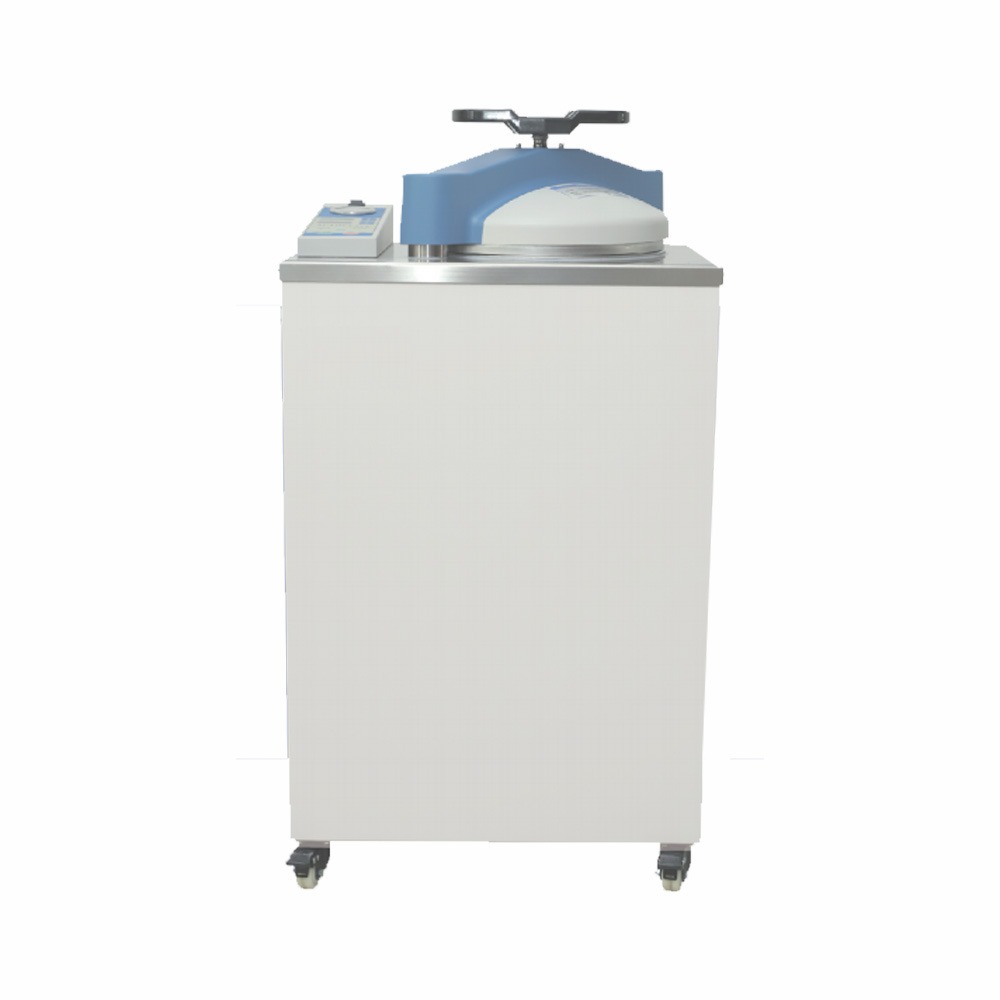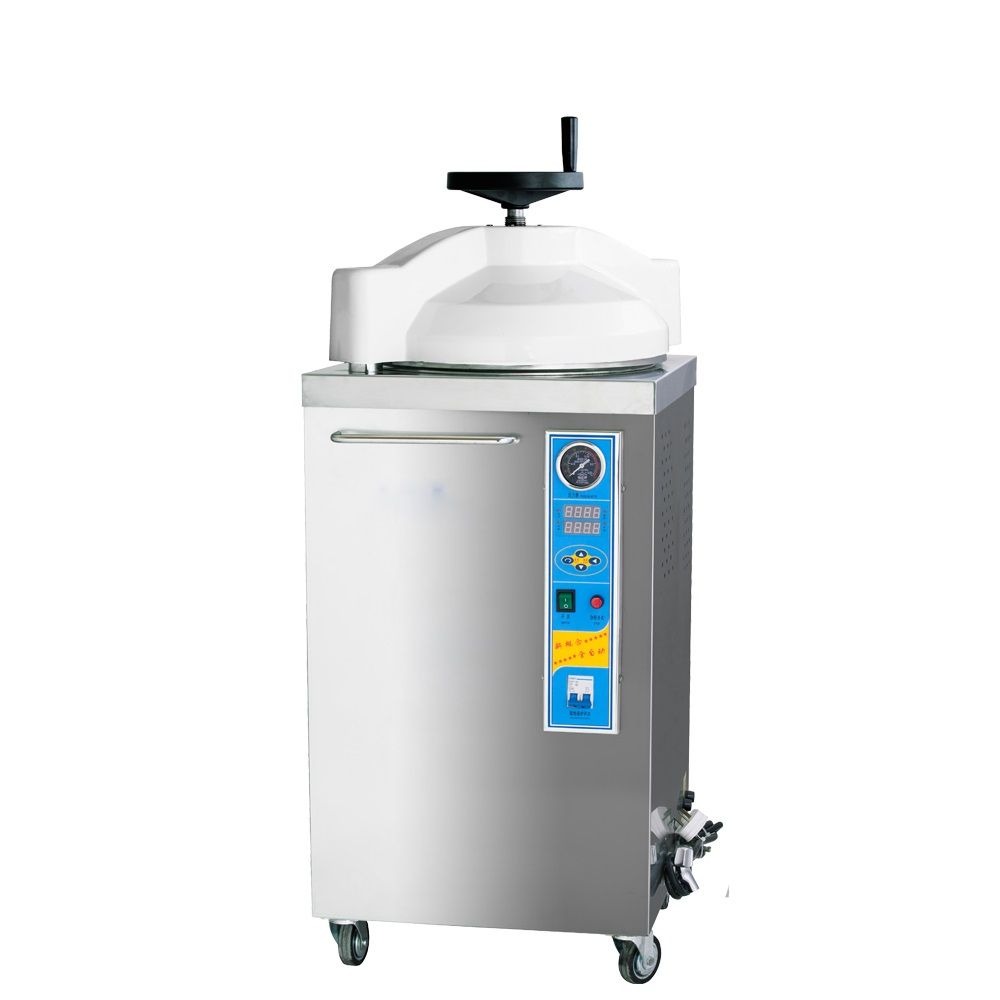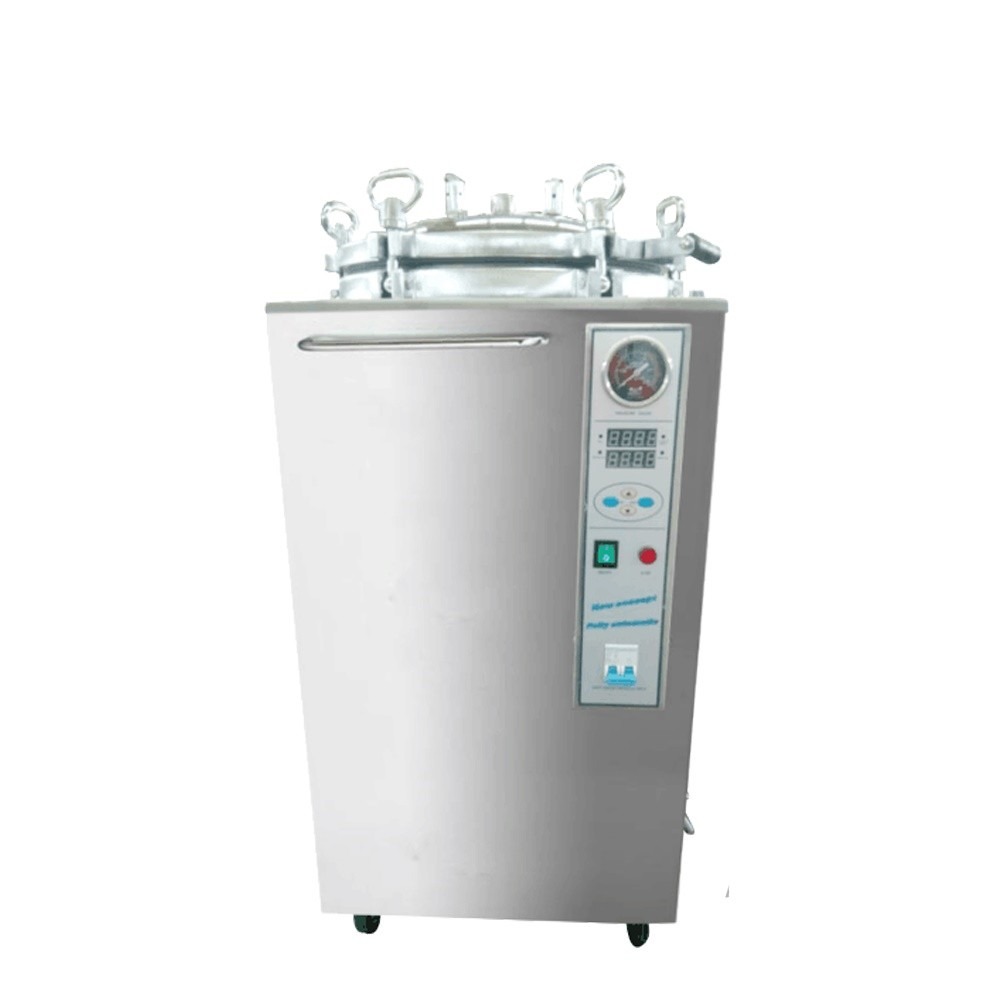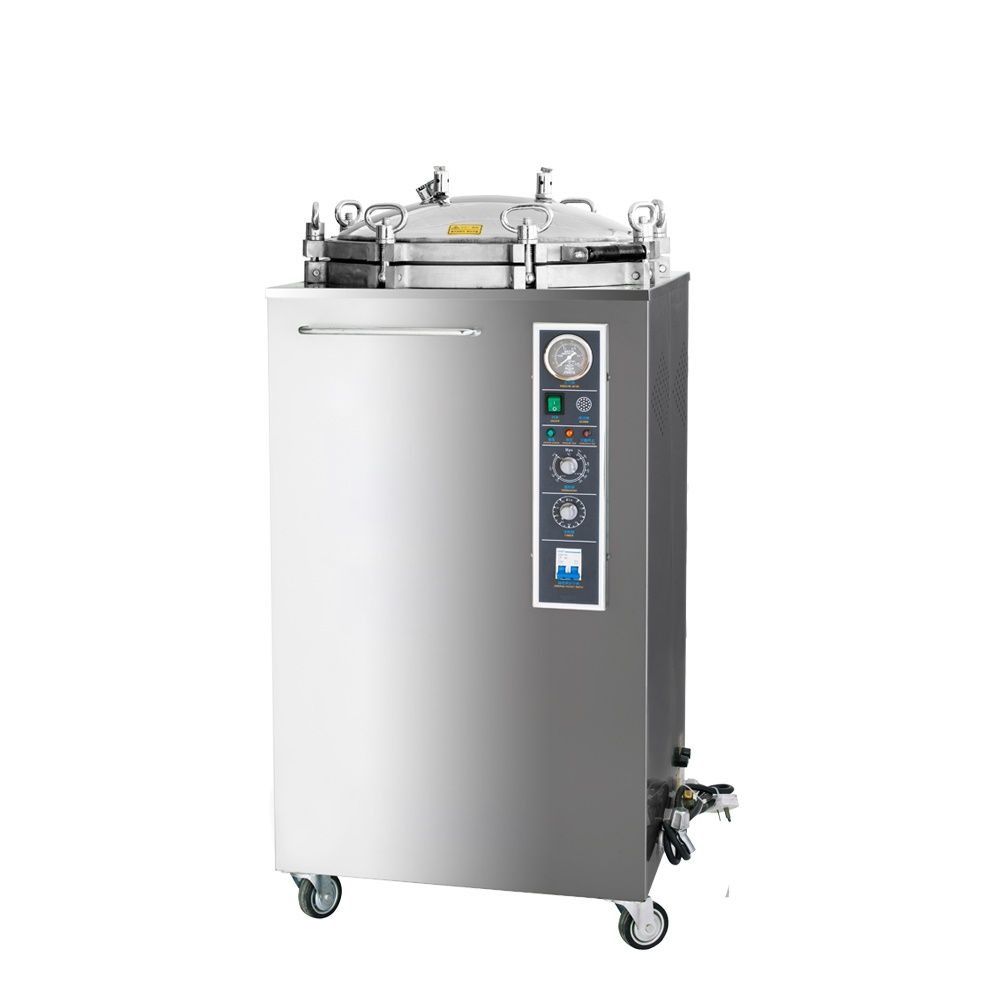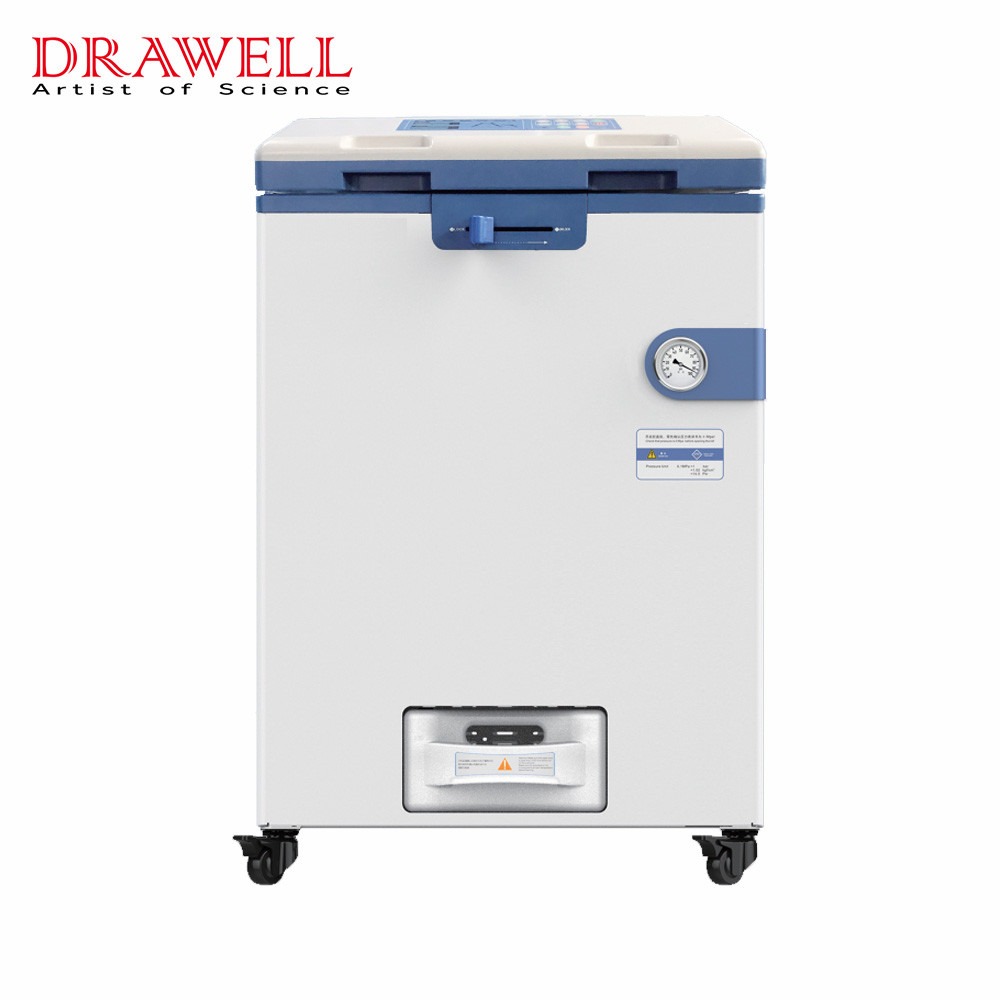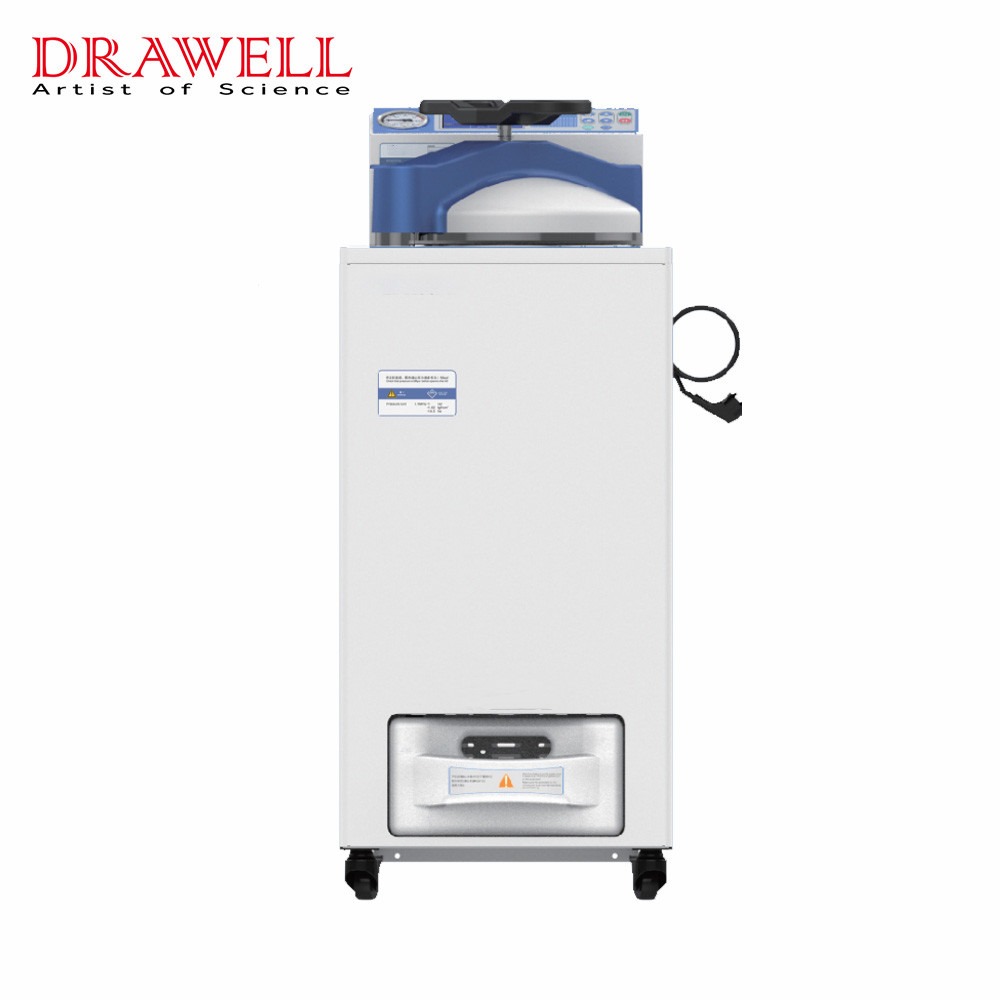Vertical autoclaves are essential devices used in various industries, laboratories, medical facilities, and research centers for sterilization purposes. They employ high-pressure saturated steam to eliminate bacteria, viruses, fungi, and other microorganisms from equipment, glassware, and materials. However, like any complex equipment, vertical autoclaves may encounter several issues during their operation, impacting their efficiency and effectiveness. In this article, we will explore some common problems that can arise with vertical autoclaves and provide valuable troubleshooting tips to address these issues effectively.
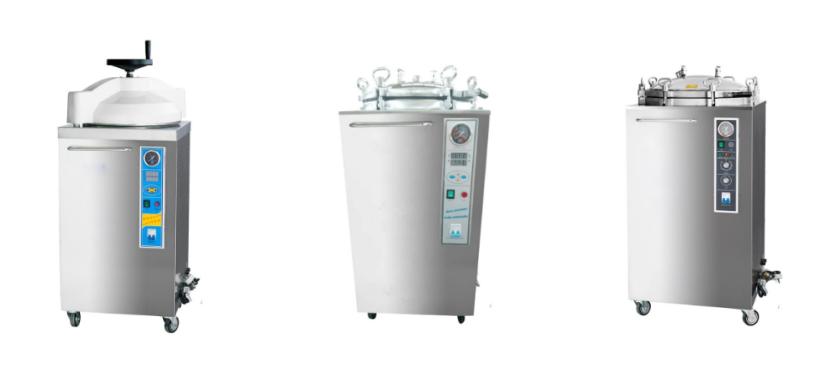
1. Door Seal Issues of Vertical Autoclaves
A properly functioning door seal is vital for maintaining the autoclave’s pressure and preventing steam leaks during the sterilization process. Over time, door seals may become worn, damaged, or misaligned, leading to ineffective sterilization, longer cycle times, and even complete failure to achieve the required temperature and pressure. An improperly sealed autoclave compromises the entire sterilization process and may lead to contaminated materials.
Troubleshooting Tip: Inspect the door seal for signs of wear, damage, or misalignment. Replace the seal if necessary to ensure a tight and secure closure. Regularly clean the door seal to prevent the accumulation of debris that could affect its effectiveness.
2. Pressure and Temperature Fluctuations of Vertical Autoclaves
Consistent pressure and temperature levels are crucial for successful sterilization. Fluctuations in pressure or temperature may occur due to faulty pressure regulators, temperature sensors, or heating elements. Inadequate pressure and temperature control can result in incomplete sterilization or extended cycle times, affecting the overall efficiency of the autoclave.
Troubleshooting Tip: Examine pressure regulators, temperature sensors, and heating elements for faults. Calibrate or replace any malfunctioning components to ensure accurate and stable pressure and temperature levels during the sterilization process.
3. Water Leakage of Vertical Autoclaves
Water leakage from the autoclave’s chamber or water reservoir can be a significant concern. It may lead to potential electrical hazards, disrupt the sterilization process, and damage sensitive electronic components. Leaks can occur due to damaged gaskets, seals, or valves.
Troubleshooting Tip: Thoroughly inspect gaskets, seals, and valves for signs of damage or wear. Replace any faulty components promptly to prevent water leakage and ensure the safe operation of the autoclave.
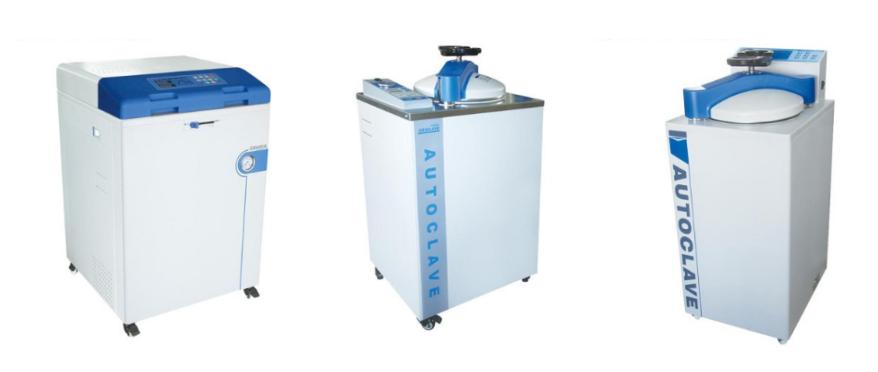
4. Control Panel Malfunctions of Vertical Autoclaves
The control panel is the central interface for operating the autoclave and monitoring its performance. Malfunctions in the control panel, such as unresponsive buttons, incorrect readings, or error messages, can hinder the autoclave’s proper functioning.
Troubleshooting Tip: Troubleshoot the control panel for any unresponsive buttons or errors. If possible, reset the control panel according to the manufacturer’s instructions. If the issues persist, seek professional repair or technical support to resolve the problem effectively.
5. Improper Sterilization of Vertical Autoclaves
The success of sterilization depends on proper loading of the autoclave and adherence to recommended sterilization parameters, including time, temperature, and pressure. Incorrect loading or failure to follow the correct parameters can lead to inadequate sterilization, resulting in potential contamination risks.
Troubleshooting Tip: Review the autoclave’s user manual for loading instructions and sterilization guidelines. Ensure that items are properly arranged inside the autoclave to allow steam to penetrate freely. Always follow the recommended sterilization parameters for different materials and equipment to achieve effective sterilization results.
6. Overheating of Vertical Autoclaves
Overheating can occur if temperature controls are faulty or if heating elements fail to turn off at the end of the sterilization cycle. Continued overheating can damage the autoclave components and compromise its safety.
Troubleshooting Tip: Verify the functionality of temperature controls and ensure that the heating elements are turning off properly at the end of each cycle. Repair or replace any faulty components promptly to prevent overheating and ensure safe operation.
7. Pressure Relief Valve Issues of Vertical Autoclaves
The pressure relief valve is a critical safety component of the autoclave. Its role is to release excess pressure in the chamber to prevent accidents and equipment damage. If the pressure relief valve fails to function correctly, it can lead to excessive pressure buildup, posing a serious hazard.
Troubleshooting Tip: Periodically test the pressure relief valve to ensure it opens and releases pressure as intended. Replace the valve if it fails to function correctly or if it shows signs of wear or damage.
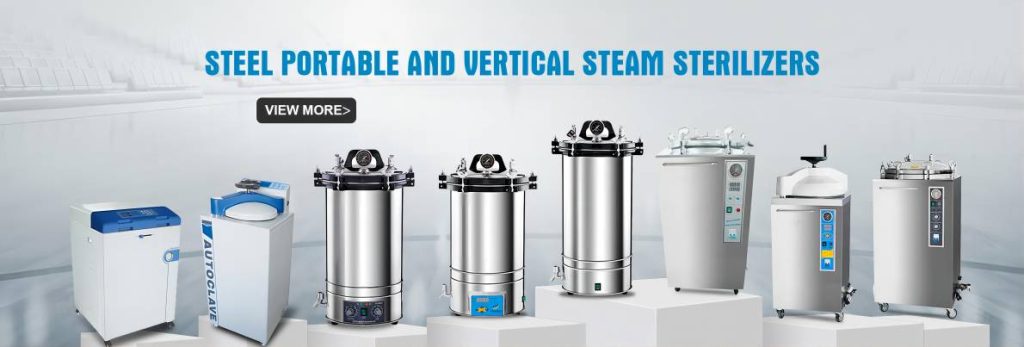
8. Steam Leakage of Vertical Autoclaves
Steam leakage can occur around valves, joints, or connections within the autoclave. Steam escaping from unintended areas can reduce the efficiency of the sterilization process and potentially cause burns or injuries to operators.
Troubleshooting Tip: Inspect valves, joints, and connections for signs of steam leaks. Tighten or replace any faulty components to prevent steam leakage and ensure safe operation.
9. Electrical Problems of Vertical Autoclaves
Autoclaves rely on electrical components for various functions, such as temperature control, pressure regulation, and safety mechanisms. Electrical problems, such as blown fuses, faulty wiring, or tripped circuit breakers, can disrupt the autoclave’s operation.
Troubleshooting Tip: Check for blown fuses, faulty wiring, or tripped circuit breakers. Address electrical issues promptly and involve a qualified electrician if necessary to ensure safe and effective repairs.
10. Clogging of Steam Lines of Vertical Autoclaves
Over time, mineral deposits or debris may accumulate in the steam lines, obstructing the flow of steam and affecting the autoclave’s performance.
Troubleshooting Tip: Regularly clean steam lines to remove mineral deposits or debris that may hinder steam flow. A well-maintained steam system ensures efficient sterilization and extends the autoclave’s lifespan.
Conclusion
In conclusion, vertical autoclaves are crucial devices used for sterilization in a wide range of industries and scientific settings. While they are highly effective and reliable, they can encounter various problems during their operation, affecting their efficiency and performance. Seeking professional support when dealing with complex issues or when uncertainty arises is a prudent approach to prevent further damage and maintain a safe working environment.

